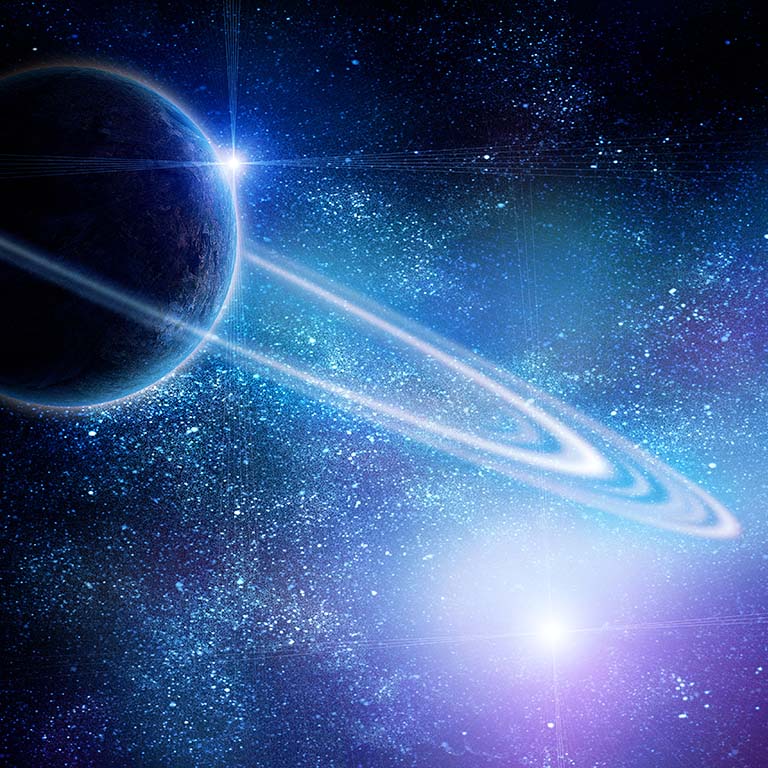BLOOMINGTON, Ind. -- Jupiter and Saturn will highlight the evening sky during November. The best time to begin viewing them will be as soon as the sky darkens.
Saturn will appear in the constellation Capricornus in the southern sky, setting by 10:30 p.m. local time. The best telescopic views of Saturn will occur within a few hours of sunset. The yellow planet will be only 35 degrees high, so our atmosphere will affect the view. Its ring system will be tilted 15 degrees to our line of sight. Its largest moon, Titan, will be easy to spot through any telescope. Titan will be north of the planet Nov. 8 and 24 and south of the planet Nov. 16.
Jupiter will be east of Saturn all month. The best time to observe Jupiter will be right after dark, when it will be high in the southern sky in the constellation Pisces. Its four Galilean moons and the Great Red Spot will be visible through small telescopes.
Mars will rise soon after 8 p.m. local time Nov. 1 and stand near the constellation Taurus. The Red Planet will be closest to Earth in its orbit on the night of Nov. 30, when it will be 50 million miles away.
Venus and Mercury will be too close to the sun for observation during November.
Meteor shower
The annual Leonid meteor shower will be active between Nov. 6 and Nov. 30, peaking on the morning of Nov. 17. Bright moonlight will interfere with the visibility of most meteors, reducing the maximum rate to a few meteors per hour. The shower's radiant, the point from which the meteors appear to come, will be in the constellation Leo. The bright star Regulus is part of Leo and can serve as a marker for the radiant. The farther sickle-shaped Leo climbs above the southeastern horizon, the more meteors there will be all over the sky.
The Leonid meteors are caused by streams of dust particles from Comet Swift-Tuttle. They strike Earth's atmosphere at 44 miles per second, the fastest of any meteors, so they produce more fireballs than most showers. More information about meteor showers is available from the American Meteor Society at https://www.amsmeteors.org/meteor-showers/.
Moon phases
The moon will be at first quarter on Nov. 1, full on Nov. 8, at last quarter on Nov. 16, new on Nov. 23, and at first quarter again on Nov. 30.


 The College of Arts
The College of Arts